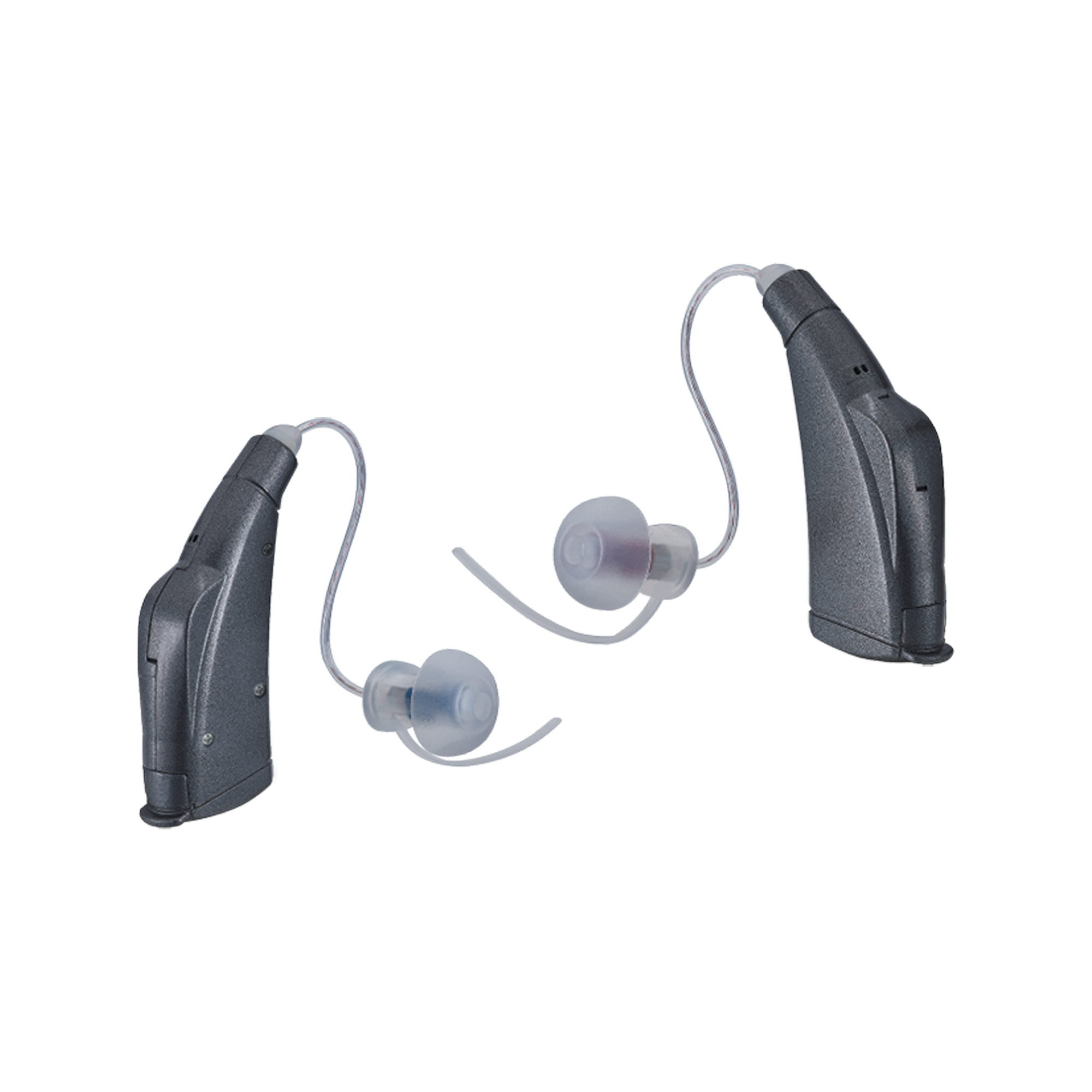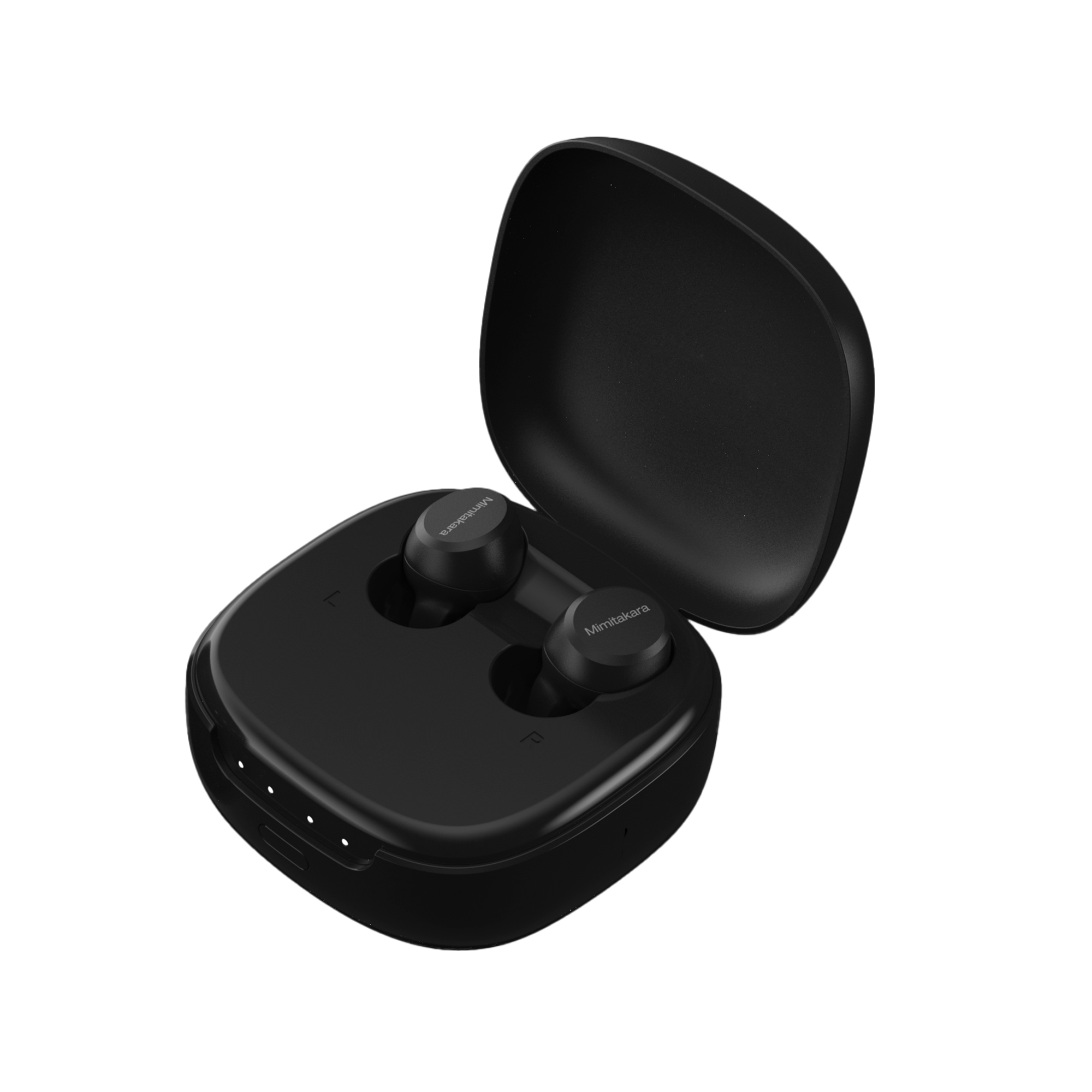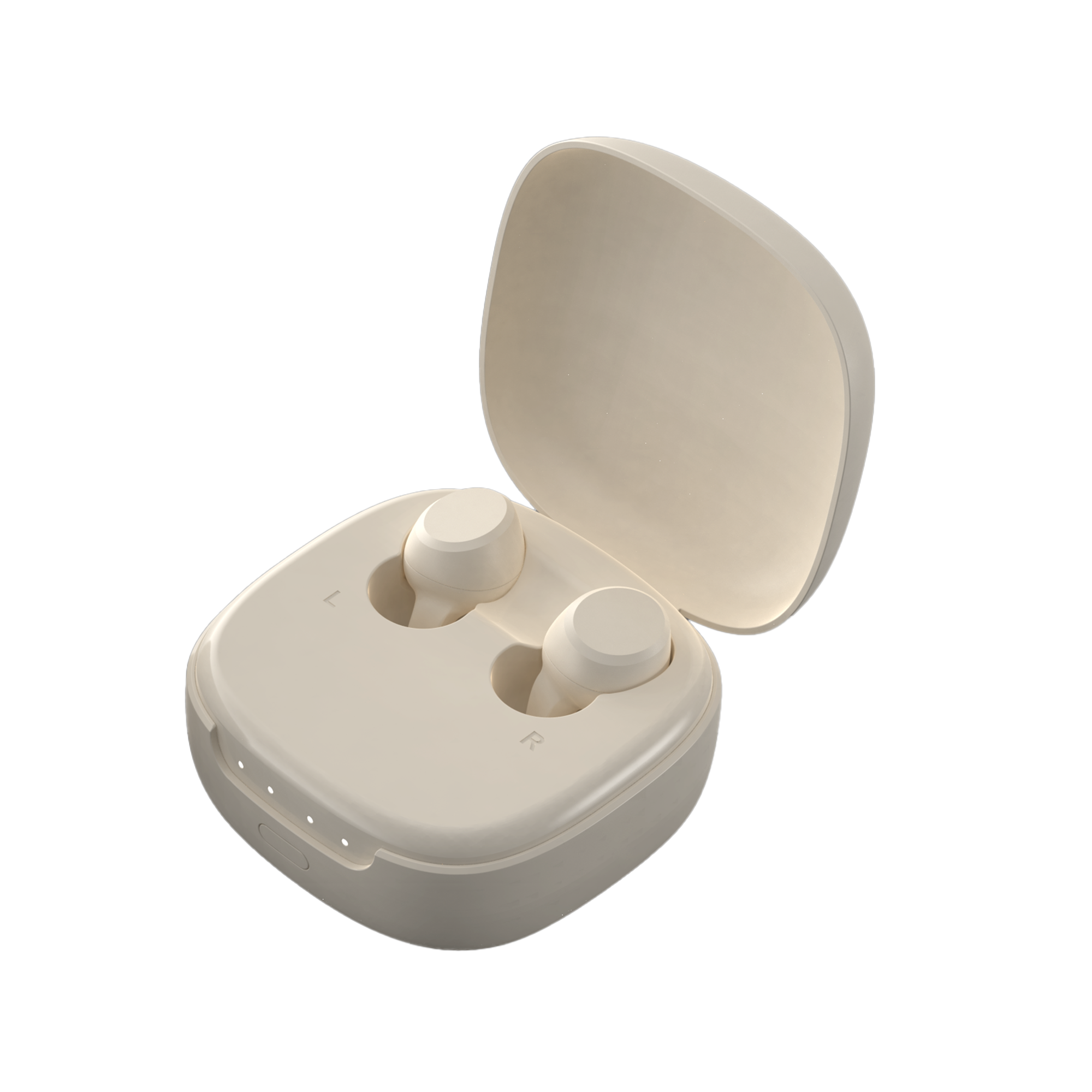Hearing aids are essential devices that improve your ability to hear and communicate clearly. However, like any sophisticated technology, they require regular care and maintenance to function optimally. Proper cleaning not only extends the lifespan of your hearing aids but also ensures they continue delivering high-quality sound.
In this guide, we'll walk you through a step-by-step cleaning routine, recommended tools, and specific cleaning techniques based on the type of hearing aid you use.
Why Cleaning Your Hearing Aids is Important
Over time, earwax, dust, and moisture can accumulate in your hearing aids, leading to reduced sound quality, feedback noises, or even device malfunctions. Regular cleaning helps to:
- Prevent blockages caused by earwax and debris
- Improve overall sound clarity
- Extend the lifespan of your hearing aids
- Reduce the need for frequent repairs or replacements
- Ensure comfort and hygiene by removing bacteria and buildup
By incorporating a proper cleaning routine, you can maximize the efficiency of your hearing aids and avoid unnecessary issues.
Daily Hearing Aid Cleaning Routine
Cleaning your hearing aids daily is the best way to maintain their performance and hygiene. Here’s a simple routine you can follow:
1. Wipe Down the Exterior
Use a dry, soft cloth or a special hearing aid cleaning wipe to gently clean the outer surface of the hearing aids. Pay extra attention to areas where debris tends to accumulate, such as microphone ports and sound outlets.
2. Inspect for Earwax and Debris
Earwax buildup can block the openings of your hearing aids, leading to reduced sound clarity. Check your devices daily and use a wax removal tool to gently clear any blockages.
3. Brush Off Dirt and Dust
Use a small, soft-bristled brush to clean away dust, dirt, and wax from the microphone cover, vents, and receiver ports. Hold the hearing aid upside down while brushing to ensure loose debris falls away.
4. Keep Your Hearing Aids Dry
Moisture can damage the internal components of your hearing aids. Avoid exposing them to water, humidity, or sweat. If your hearing aids get wet, use a dehumidifier or hearing aid drying kit overnight.
5. Store Properly
When not in use, store your hearing aids in a clean, dry case. If you have rechargeable hearing aids, ensure they are properly placed in their charging station.
Recommended Cleaning Tools for Hearing Aids
To effectively clean your hearing aids, you’ll need the right tools. Here are some essential cleaning items:
- Soft Cloth or Disinfecting Wipes – For wiping the exterior surfaces
- Soft-Bristled Brush – To remove dust and debris from small openings
- Wax Pick or Loop – For clearing earwax buildup from vents and receivers
- Vent Cleaner or Air Blower – To clean air passageways and prevent clogging
- Drying Kit or Dehumidifier – Helps remove moisture and extend the device’s lifespan
Most of these tools can be obtained from your audiologist, hearing aid manufacturer, or online retailers.
How to Clean Different Types of Hearing Aids
Different hearing aid models require specific cleaning methods. Follow the instructions below based on the type of hearing aid you use.
Cleaning Behind-the-Ear (BTE) Hearing Aids
BTE hearing aids sit behind the ear and have a tube that connects to an earmold or dome. Here's how to clean them:
- Detach the earmold – If your BTE device has a removable earmold, detach it for thorough cleaning.
- Clean the earmold separately – Wash it with mild, soapy water and let it dry completely before reattaching.
- Use a brush and wax pick – Remove any buildup in the tubing and sound outlet.
- Wipe down the device – Use a soft cloth to clean the exterior of the hearing aid.
- Check for moisture – Store your BTE hearing aid in a dehumidifier overnight.
Cleaning In-the-Ear (ITE) Hearing Aids
ITE hearing aids fit inside the ear canal and require special care to remove earwax and debris:
- Brush off dirt – Use a small brush to clean the microphone ports and receiver.
- Remove earwax blockages – Use a wax pick or loop to clear buildup from the vents.
- Clean the air vent – Run a vent cleaner through the opening to remove dust and blockages.
- Wipe with a soft cloth – Gently clean the entire hearing aid exterior.
Cleaning Receiver-in-Canal (RIC) Hearing Aids
RIC hearing aids are similar to BTE models but have a speaker in the ear canal. Here’s how to maintain them:
- Detach and clean the receiver dome – Wash it with warm water and dry completely.
- Use a wax guard – Replace the wax filter as needed to prevent blockages.
- Brush off debris – Use a soft-bristled brush to clean the microphone and receiver.
- Keep it dry – Store in a drying kit or dehumidifier when not in use.
Advanced Maintenance Tips for Long-Term Performance
Beyond daily cleaning, follow these additional maintenance tips to ensure the best performance:
1. Battery Care
- For disposable batteries, open the battery compartment at night to reduce moisture buildup.
- If using rechargeable hearing aids, ensure they are fully charged each night but avoid overcharging.
2. Use a Hearing Aid Dryer
If you live in a humid climate or sweat frequently, consider using a hearing aid dryer to keep your devices moisture-free.
3. Schedule Regular Checkups
Your audiologist can professionally clean your hearing aids and check for any technical issues that need repair.
4. Avoid Common Mistakes
- Never use water or alcohol-based cleaners directly on your hearing aids.
- Do not insert sharp objects into the microphone or sound openings.
- Keep hearing aids away from heat sources like direct sunlight or hair dryers.
When to Seek Professional Cleaning
If you notice persistent issues such as muffled sound, whistling noises, or reduced battery life, it may be time to have your hearing aids professionally cleaned or serviced.
Final Thoughts
Regular cleaning and maintenance of your hearing aids are essential for optimal performance and longevity. By following these daily and advanced cleaning techniques, you can ensure clear sound quality, prevent blockages, and extend the lifespan of your hearing aids. If you have any concerns about cleaning your hearing aids, consult your audiologist or check your manufacturer’s guidelines for specific care instructions.
For more tips on hearing aid maintenance and care, explore our blog for expert insights and recommendations!











